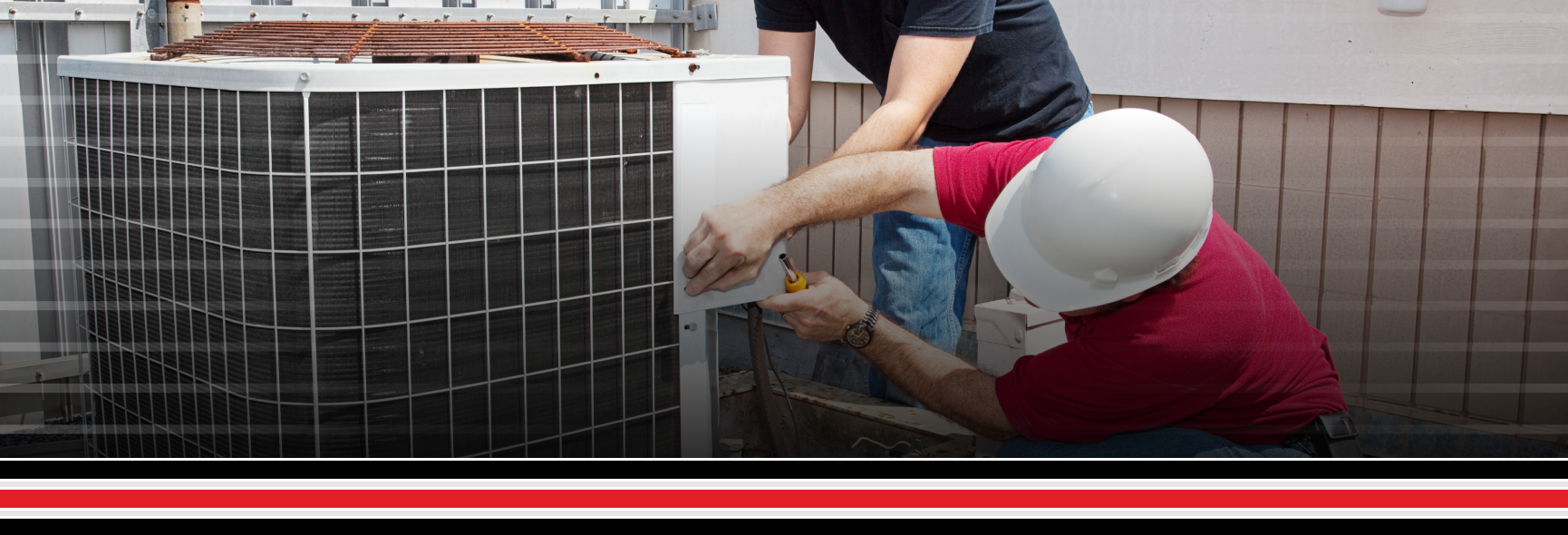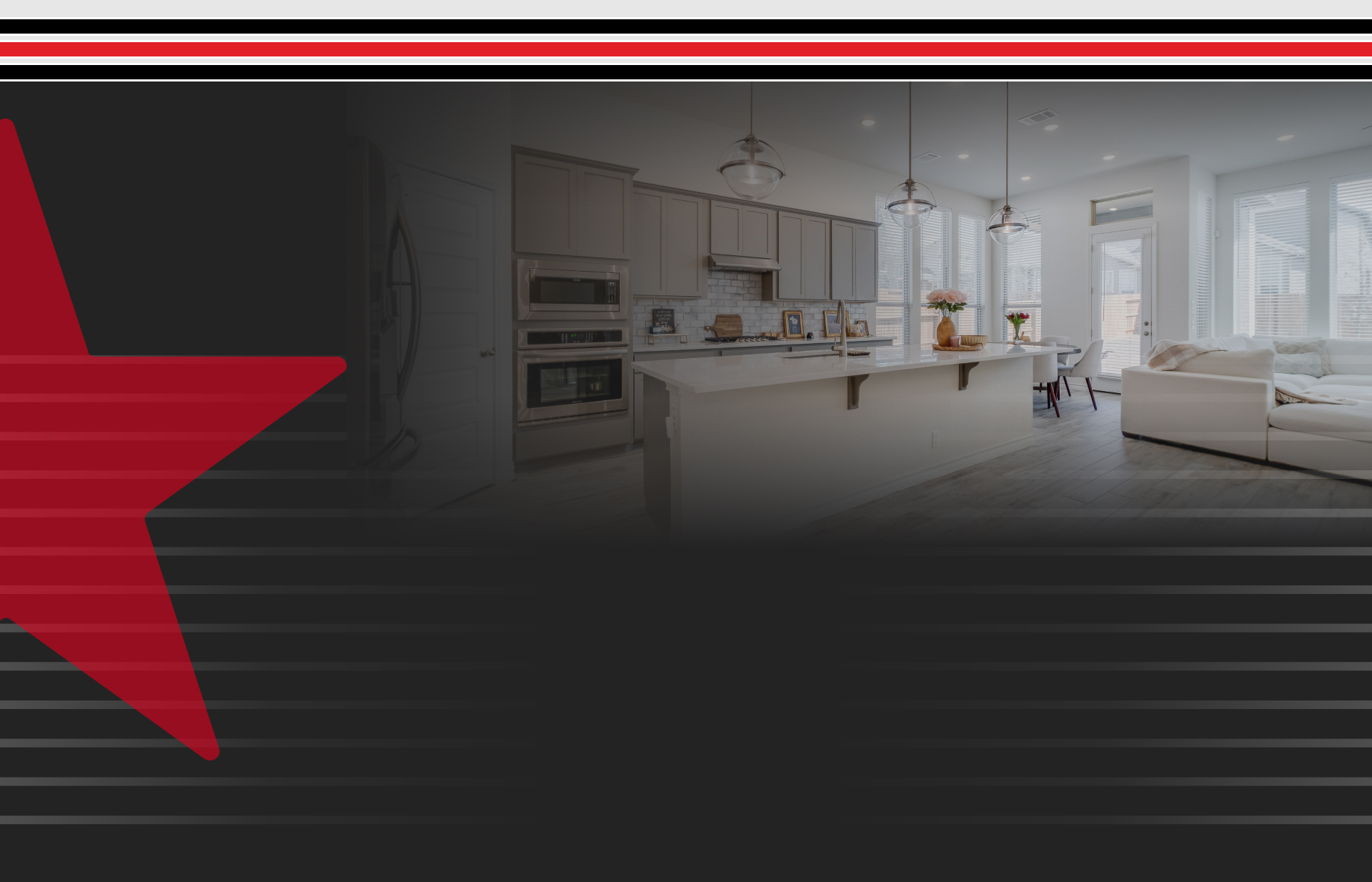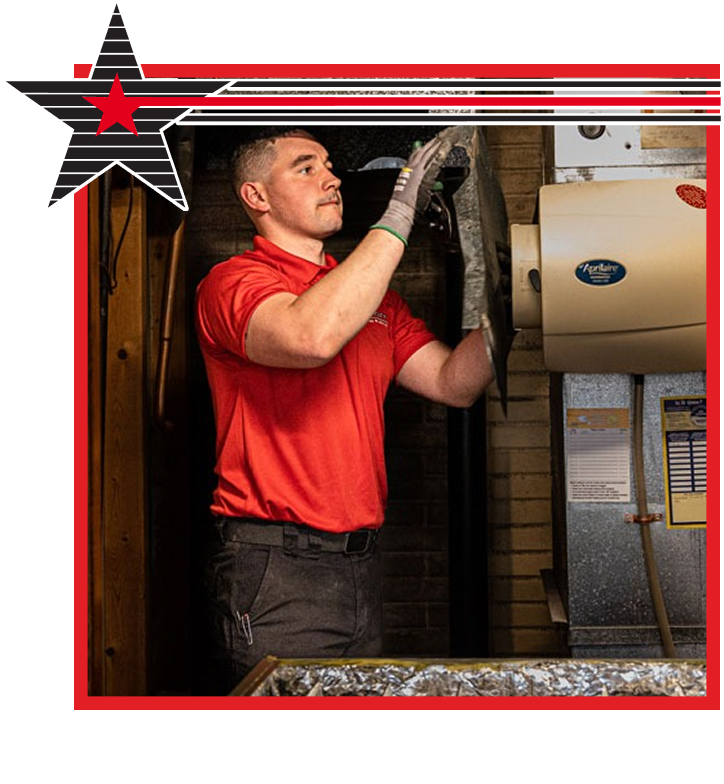
Lincoln, NE Cooling Services
Expert AC Installation, Repair, & Maintenance in the Greater Lincoln Area
A well-functioning air conditioner is a must for surviving Nebraska’s hot, muggy summers. Luckily, Star City Heating & Cooling is just a call away in Lincoln! Since 1983, our licensed technicians have been dedicated to keeping you cool with fast and reliable AC installation, repair, and maintenance services.
With upfront pricing, weekend appointments, and financing available, we make it easy to beat the heat with hassle-free cooling when you need it most. Reach out today to learn how you can enjoy courteous service backed by five-star reviews and high-quality workmanship. We guarantee your satisfaction!
Don’t wait for the hot summer months to check on your AC! Our cooling pros are available 24/7 in Lincoln. Contact us online to request an estimate!



What Types of Air Conditioners Do You Handle?
At Star City Heating & Cooling, we handle all makes and models of air conditioners to keep you cool all summer long. We offer a wide selection of high-efficiency cooling systems from trusted brands like Trane®, Goodman®, and Payne® for long-lasting comfort.
From seamless AC installation to annual cooling maintenance, our technicians do it all! Whether you’re replacing an aging central AC unit or upgrading to a heat pump or mini-split, we can recommend a suitable system for your needs and budget.
How Long Does It Take to Install a New Air Conditioner?
The timeframe for professional AC installation depends on the specific project. Some influencing factors include the size and layout of your property, existing ductwork, and any required modifications or electrical upgrades.
A simple AC replacement typically takes 4-8 hours, while more complex installations can take a full day or more. We offer detailed quotes to give you a better idea of what to expect. Our goal is to complete new installations quickly and correctly while minimizing disruptions to your home or business!
-
Here When You Need UsOur fleet of service trucks and Comfort Techs are ready to travel anywhere in Lincoln or Lancaster County—offering same-day service and same-day installations.
-
No Payment SurprisesStar City always gives you an upfront quote for the entire job before we start work—so you never pay more than expected.
-
Professional EmployeesAll Star City team members are uniformed, background-checked, and drug-tested for your comfort and safety
-
Experienced & ReliableLincoln, NE is our home too. We recommend the HVAC equipment and procedures that we use in our own homes.
How Often Should I Schedule AC Maintenance?
While AC tune-ups may seem inconvenient, regular maintenance is critical to prevent cooling breakdowns, extend the lifespan of your system, and keep energy costs low. We recommend scheduling AC maintenance at least once a year for optimal performance, ideally in the springtime. This gives our technicians time to inspect, clean, and optimize your unit before the peak cooling months arrive!
My Air Conditioner Keeps Cycling On & Off. What’s the Problem?
If your air conditioner frequently cycles on and off, some possible culprits include a dirty or clogged air filter, low refrigerant, a malfunctioning thermostat, or an oversized unit. Our technicians use advanced equipment to identify the root cause and restore cool temperatures as quickly as possible!
Do You Offer Emergency AC Services?
Absolutely! We understand that AC breakdowns aren’t limited to regular business owners, which is why we provide around-the-clock emergency repairs for your peace of mind. Day or night, rain or shine, our team is available 24/7 for all your cooling emergencies!
Beat the heat this summer with top-notch cooling services from Star City Heating & Cooling! Call (402) 724-5494 to book a service. Se habla español!

Thank You Star City!“When calling for service, Star City did a wonderful job booking an opening as soon as possible. The technician Ryan, was very polite and knowledgeable. He fixed our outlet issue’s inside an hour, kept his work area tidy and clean when finished.”Alex O.

